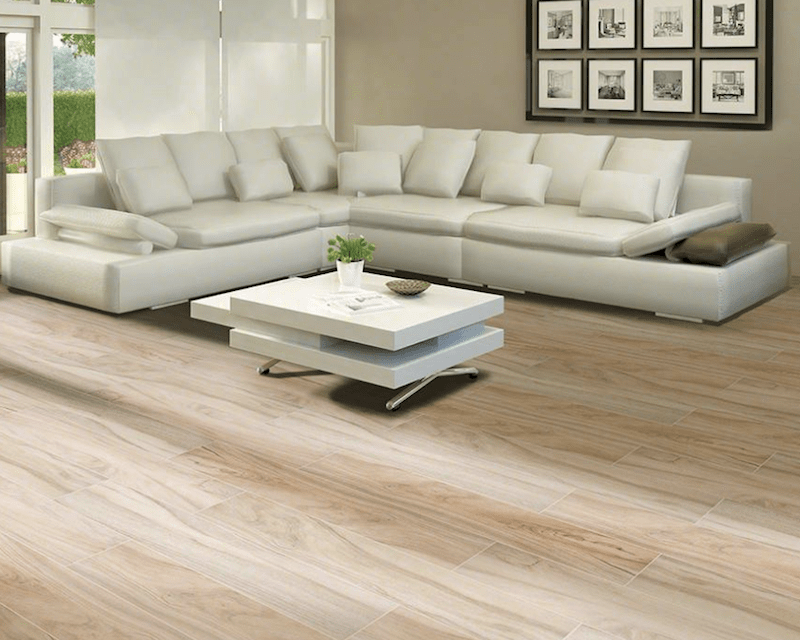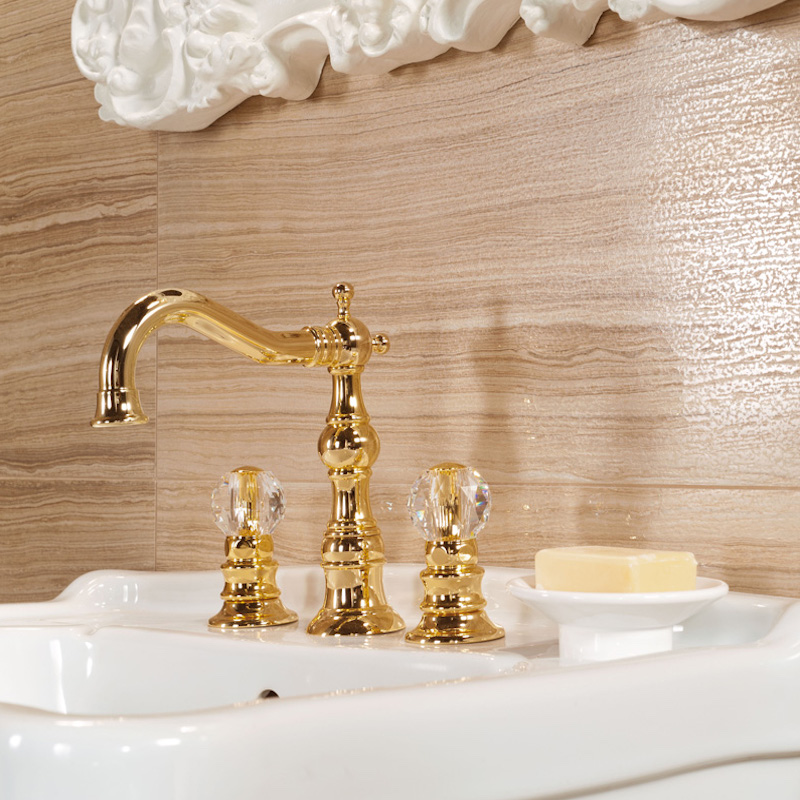The Difference Between Rectified And Non-Rectified Porcelain Tile
July 14, 2017
With so many options available, it can be a difficult task to select the right material, color, pattern, and tile size for your project.
Plus, when choosing porcelain tile, no two pieces are identical. This is due to minute shrinkage and warping caused by the tiles being baked in the kiln.
However, one way of narrowing down your decision is to consider how large you want your tiles to be, and how seamless and modern you want the overall look.
That’s because porcelain tile comes in two main categories—rectified and non-rectified. But what does that mean?
Rectified Porcelain Tile
.jpg) Featured: Brown Salvage Porcelain
Featured: Brown Salvage Porcelain
The edges of rectified tiles have been made as straight as possible by mechanically grinding, smoothing, and shaping them. Sometimes a laser is used for precise results, and a fine beveled edge is added to help protect the sharp, 90-degree edges from chipping.
This process reduces variance between tiles and leaves you with perfectly flat porcelain with extra clean and neat grout lines. However, because of the additional manufacturing process, rectified porcelain can cost more than non-rectified tile.

Featured: Glacier Dimensions Porcelain
Choose rectified tile flooring when planning a large installation or using large-format tiles like the 12x24 Glacier Porcelain white tile. This will make any slight variation between tiles less noticeable.

Featured: Noche Onyx Porcelain
Rectified tiles can also be installed much closer together than non-rectified tile, with as little as 1.3mm of space between them. This creates a clean, nearly seamless look. When going this route, be sure your installer is familiar with installing rectified tile.
Also, ensure that very thin grout lines will be used, as opposed to the standard 1/16” to 3/16” grout lines. While sanded grout may be the stronger product, it shouldn’t be used for very thin grout lines. Instead, use unsanded grout.
Non-Rectified Tile

Featured: White Sophie Porcelain
Non-rectified tiles do not go through the additional rectification process. As a result, the edges are not as sharp, giving non-rectified tiles a more casual, organic feel.
Because they require wider grout lines, non-rectified tiles offer a more traditional tile installation look. They also conceal imperfections like lapping or uneven spots more than rectified tiles.

Featured: Beige Eramosa Porcelain
While these differences may seem subtle, it’s important to install the right type of casual or modern tile for your space.
MSI offers many types of porcelain tile to choose from. Whether you need rectified or non-rectified tile will depend on the size you select and your design aesthetic.